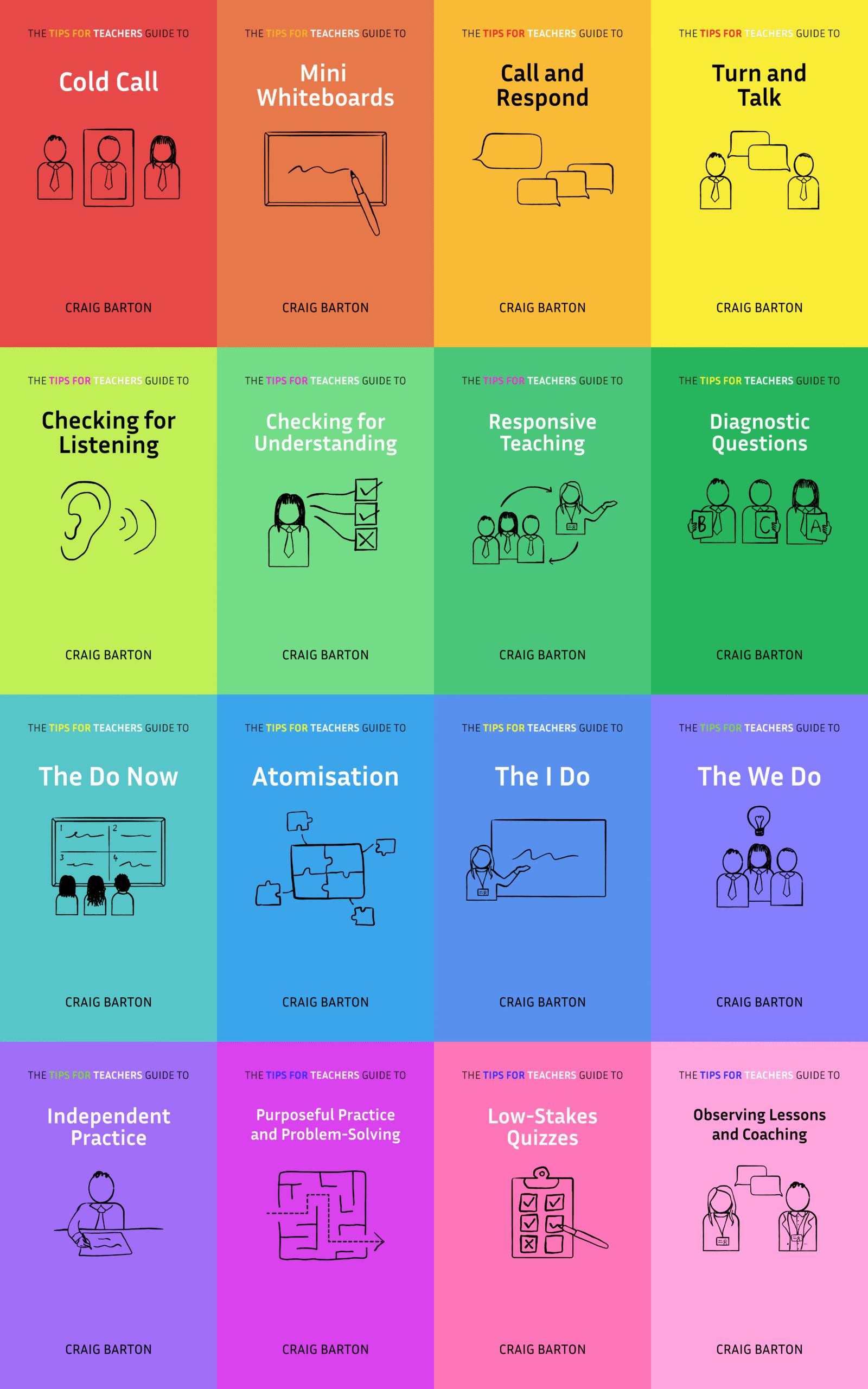Summary
This YouTube transcript discusses a teacher’s approach to achieving 100% student engagement. The teacher argues that complete attention is crucial for learning and outlines classroom strategies to ensure this, including minimizing distractions and fostering a culture of participation through frequent questioning and hand-raising. The discussion also explores the interconnectedness of engagement, behavior, and classroom management, suggesting a staged approach to improvement, starting with basic attention and progressing to active participation. The teacher emphasizes that while 100% engagement is an ambitious goal, it’s achievable through consistent effort and addressing underlying cultural and individual student challenges. Ultimately, the focus is on creating a learning environment where all students are actively involved and maximizing learning opportunities.
What are the implications for teachers?
Based on the provided YouTube transcript, here are some implications for teachers regarding student engagement and classroom management:
- Prioritize 100% student engagement: Teachers should aim for 100% of students to be engaged and attentive throughout the lesson, as this is crucial for effective learning. This means ensuring students are actively thinking about the learning objective during the entire lesson.
- Clarity of learning objectives: Teachers must have absolute clarity about what they want students to be thinking about during the lesson. This clarity is a foundation for planning and delivering lessons that keep students focused on the learning goals.
- Observe and address student attention: Teachers should be vigilant in monitoring student attention, ensuring that students are not distracted (e.g., staring out the window or fidgeting). If a student is not paying attention, it’s the teacher’s responsibility to bring them back to the lesson.
- Recognize that ‘good behavior’ may not equal engagement: Just because students are quiet and compliant doesn’t necessarily mean they are engaged in learning. Teachers need to look for active participation and thinking.
- Use specific strategies to ensure attention: Teachers should ensure that students have nothing in their hands during instruction, are looking towards the teacher, and are tracking what the teacher points to on the board. These actions help focus students’ attention on the lesson.
- Structure classroom activities: Limit classroom activities to a few key types: listening to the teacher, independent work, and turn-and-talk discussions. This can help manage student attention and participation.
- Check for understanding and listening: It’s critical to check if students are truly listening and understanding by asking questions, and seeing that all students respond. A culture of hands up is important to encourage participation and to identify who isn’t participating.
- Cultivate a positive classroom culture: Teachers need to establish a classroom culture that encourages participation, values mistakes as part of learning, and discourages students from laughing at each other’s errors.
- Address individual needs: Teachers need to address why students might not be participating, whether it’s a fear of failure or other underlying issues. This may involve conversations with the student, their tutor, or family.
- Focus on both behavior and participation: Teachers need to ensure that students follow instructions and are well-behaved, but this is only the foundation. The next step is to focus on getting all students actively participating in the lesson.
- Use participation to enhance behavior: Participation strategies, like using booklets with text and questions, can actually improve student behavior. When students can access the lesson content, they are less likely to misbehave.
- Systematic approach to improvement: Introducing changes gradually and having a clear system for praise and consequences is important for implementing new strategies effectively.
- Teacher reflection and adjustment: Teachers need to continually reflect on the effectiveness of their teaching methods and make adjustments to ensure that all students are engaged and learning.
- Balance compliance with active learning: While compliance is important, it should not be the only goal. Teachers should strive for a classroom environment where students are actively thinking, working hard, and engaged in a culture of learning.
- Explanations and questioning: Teachers need to ensure that their explanations are clear, and that they are using effective questioning techniques to engage students and ensure that they are making progress in their understanding.
- Be responsive to student needs and misconceptions: Teachers should be able to identify and respond to misconceptions quickly, adjusting their teaching methods to ensure that students understand the material before moving on.
In summary, the implications for teachers are significant, requiring a focus on not just student behavior but also on creating a culture of active engagement and continually reflecting on how to best support student learning.








